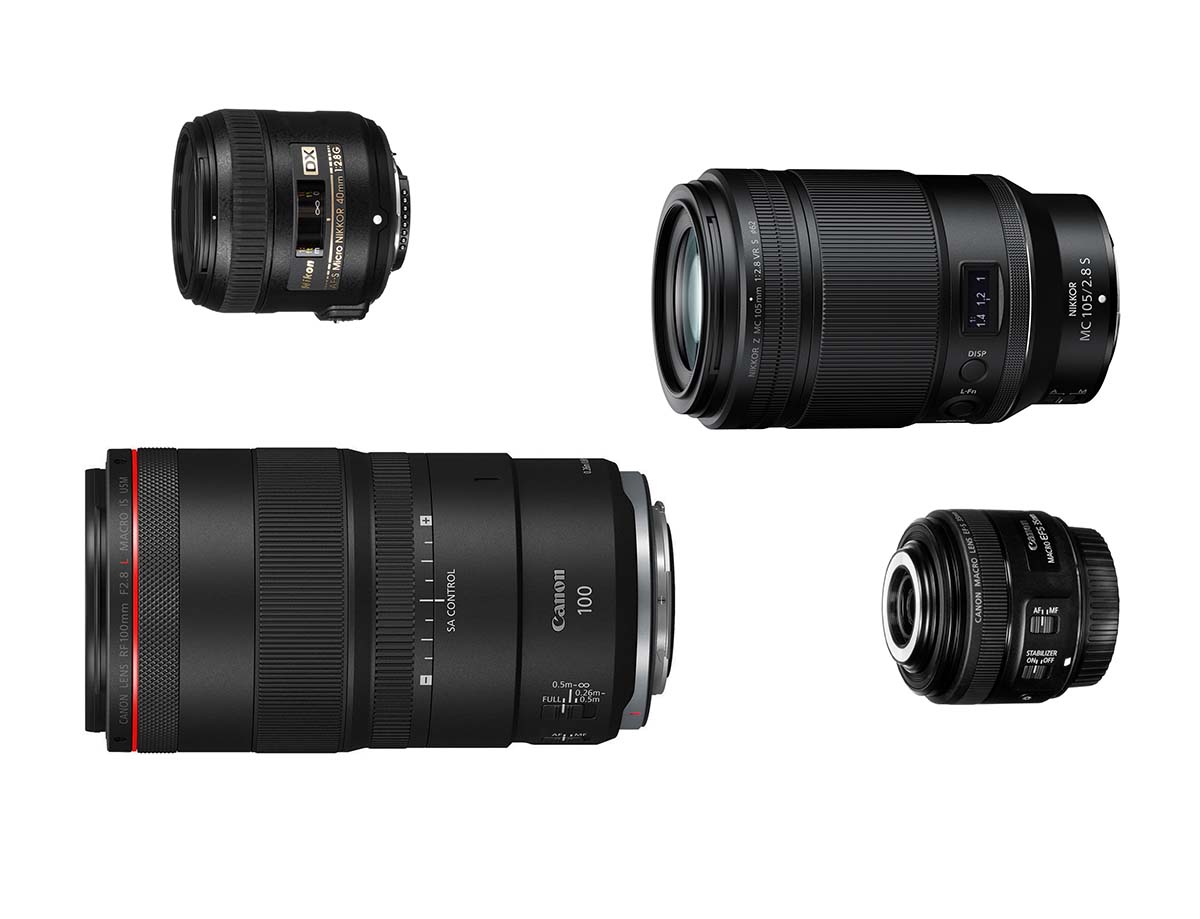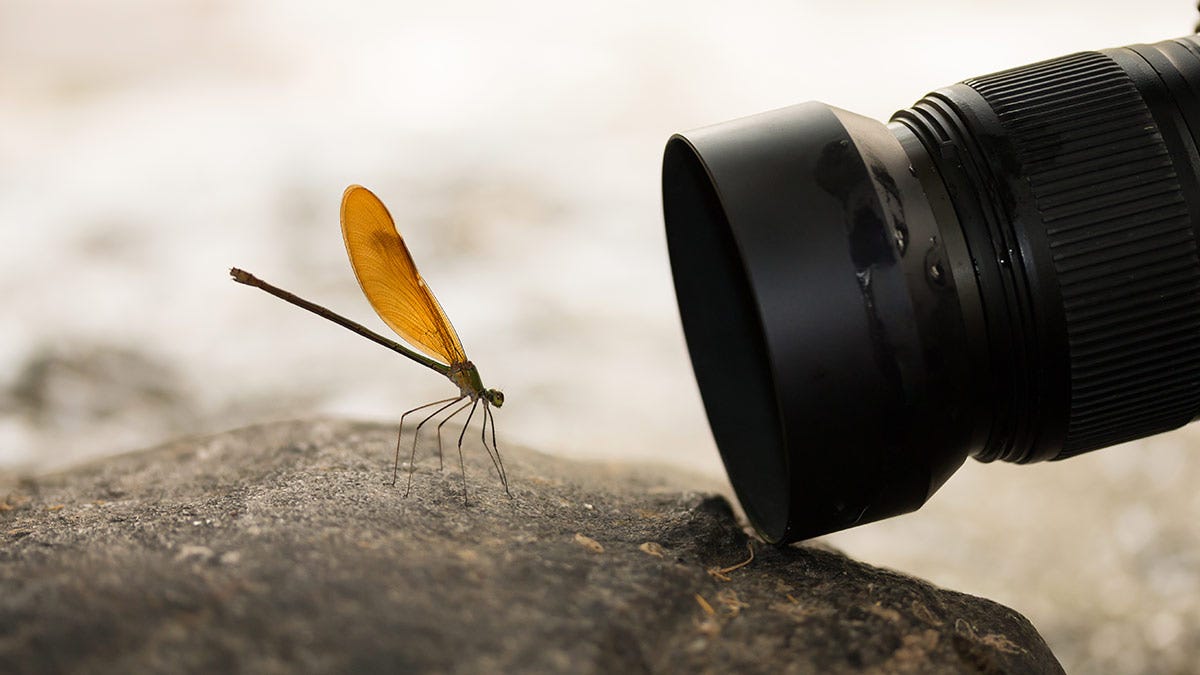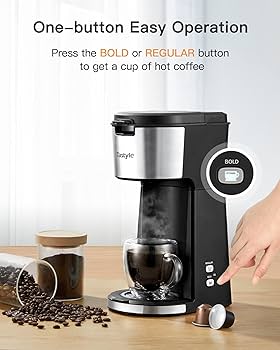Diving Into the Depth: Understanding Macro Camera Lenses
Introduction
Diving into the world of photography can be enthralling and intimidating simultaneously. The abundance of camera terms can be overwhelming, but rest assured, we're here to simplify one crucial aspect: macro camera lenses. In this comprehensive guide, we'll explore what constitutes a macro lens, the unique characteristics that set it apart, its necessity for close-up shots, factors to remember when buying, and the various other ways you can utilize a macro lens. We'll also address some frequently asked questions around this topic. So, let's start our journey into the exciting depth of macro lenses.
What Defines a Macro Camera Lens?
When you delve into the artistic realm of photography, the term 'macro lens' is often thrown around. But what charm does this special lens hold? Essentially, a macro lens is a tool designed to capture subjects in minute detail, even when they're very up close, something that regular lenses struggle to do effectively. Here's a revamped look at its most vital features:
- Magnification Ratio: The defining attribute of a macro lens lies in its magnification capabilities. A 'true' macro lens must offer a 1:1 magnification ratio, meaning it can reproduce subjects in life-size on the camera’s sensor.
- Marketing Tactics: Be wary of marketing semantics. Not all lenses that claim to be 'macro' in their advertising deliver such magnification ratios. Always verify this specification before purchasing.
- Focusing Distance: A bonus feature that comes with macro lenses is their close focusing distances. This means you can get quite close to your subject and still maintain sharp focus, unlike standard lenses, which require more space.
- Unique Distinction: What sets macro lenses apart from their standard counterparts is their intrinsic design to focus intricately on nearby subjects, delivering details that truly impress. Whether it's capturing the intricate layers of a blooming flower or the textured surface of an antique coin, macro lenses bring the unseen into remarkable focus.
In essence, a macro lens is your key to unlocking the beautiful and extraordinary details hiding in plain sight, ready to be captured and preserved in a photo.
Remember, 'macro' isn't just a label. It's a strategy, a unique capability, and an empowering function that transforms the way we perceive and capture the world around us in our photographs. When used correctly, it can take your photography skills to unprecedented heights.

What Makes a Lens a 'Macro' and How Does It Differ from Standard Lenses?
A lens achieves the title of 'macro', distinguishing itself from traditional lenses mainly due to two core characteristics: high magnification capacity and minimum focusing distance. But what do these traits essentially signify?
1. High Magnification Capacity: While a regular lens might attain a magnification ratio of 1:4 – meaning, they can make the subject four times smaller than it appears on the camera sensor, a macro lens accomplish an impressive life-sized (1:1) replication. This allows them to capture every microscopic detail of the captured subject with extreme precision.
2. Minimum Focusing Distance: Unless you maintain a certain distance from your subject, regular lenses cannot deliver a clear focus. In contrast, macro lenses excel at short-range photography, providing a crystal-clear focus even when the photographer is very close to the subject.
Additionally, a key differentiator lies in the depth of field and field of focus.
- Extended Depth of Field: Unlike standard lenses, which create a blurry background when the focus is on the subject, macro lenses ensure an extended depth of field. This means that both the subject and its backdrop are in sharp focus, providing an intricate view of the subject's surroundings.

- Flat Field of Focus: Picture distortion is a recurrent issue with standard lenses. However, macro lenses contain a flat field of focus that resolves this problem. They reproduce sharp and well-defined edges of the subject, preventing any peripheral distortion that can hamper the image quality.
Evidently, a macro lens delivers a level of magnification and detail-orientation that a standard lens simply cannot accomplish. The key lies in understanding these differences to harness the power of macro photography to its fullest.
Why Is a Macro Lens Essential for Detailed Close-Up Shots?
The power of a macro lens lies in its ability to render intense close-up shots that are flush with detail - delivering an impressive visual impact that can't be matched with standard lenses. Here's why a macro lens is a non-negotiable addition to your photography kit for expert close-up snaps:
- Magnification Magic: A macro lens is distinctively designed to magnify your subject up to its actual size. With this, it lets you record even the minutest details providing you with the textures on flower petals or the intricate patterns on an insect's wing.
- Outstanding Depth of Field: The extended depth of field of a macro lens gifts you images where both the subject and its background are sharp and loaded with details.
- Distortion Deterrence: Unlike a standard lens which may create distortion, a macro lens reproduces your subject with great accuracy, reducing the chances of image distortion significantly.
- Adding Perfection to Portraits: Beyond capturing fine details, macro lenses are amazing in recording human emotions as well. They work wonders in portrait photography where every facial detail counts.
With these exceptional qualities, a macro lens is not just essential, it's a game-changer for delivering quality, detailed close-up shots. What's more, the versatility of this tool opens up possibilities to explore other areas such as portrait, landscape, and wildlife photography too.
What to Consider When Buying a Macro Lens for Your Camera?
When it comes to purchasing a macro lens for your camera, several crucial factors come into play. Identifying and understanding these can ensure you make a suitable and well-informed choice. Here's a simple guide to help you navigate through the key aspects:
1. Magnification Ratio: This is a fundamental feature of a macro lens. You should ideally opt for a lens that delivers a 1:1 magnification ratio, meaning it can reproduce subjects in their actual size on the camera sensor.
2. Focal Length: Macro lenses vary in focal length, ranging from 40mm to 200mm. The ideal choice depends on your shooting requirements. For instance, shorter focal lenses are lightweight and perfect for stationary subjects, while longer focal lenses offer a greater working distance, making them apt for wildlife photography.
3. Image Stabilization: For handheld photography, this is particularly important. A lens with good image stabilization can compensate for the minor shakes and movements during handheld shooting, reducing the chances of winding up with blurry images.
4. Affordability: High-quality macro lenses can be quite an investment. It's recommended to set a realistic budget and select a lens that offers a good balance between cost and quality.
5. Compatibility: Lastly, but most importantly, ensure that the lens connects and functions well with your specific camera model.
By weighing these considerations, you can make an informed decision that will not only enhance your photography skills but also provide long-lasting value.
In What Ways Can You Utilize Macro Lenses Beyond Close-Ups?
Macro lenses, though legendary for their exceptional close-up photography skills, are not limited to that domain. Their versatility extends to a variety of other photography aspects, making them a substantial investment for your camera kit. Here are some alternative uses of macro lenses:
- Portrait Photography: Want to highlight every mole, scar, freckle, or strand of hair in a portrait? A macro lens is your secret weapon. It aids in creating impactful portraits by accentuating skin textures and details that would otherwise go unnoticed.
- Landscape Photography: Surprised? Yes, some macro lenses possess a unique ability to focus on distant subjects, effortlessly producing stellar landscape shots. With the correct settings, you can capture both near and far objects with the utmost detail.
- Wildlife Photography: Without the need to invade their space, macro lenses can capture vivid details of wildlife. Generally, longer macro lenses, ranging around 180-200mm, allow photographers to maintain a safe distance from potentially dangerous subjects while ensuring richly detailed images.
- Product Photography: In the realm of advertising and eCommerce, product photography plays a vital role. The superior detail rendering of macro lenses makes them an excellent tool for highlighting the intricate details of product shots, making them more appealing and enticing to prospective buyers.
To sum up, macro lenses are far more than single-trick ponies. Interpreting their full potential and employing them creatively in various scenarios can amplify your photography game to new heights.
Conclusion
Macro lenses are a truly compelling addition to your photography toolkit. They not only capture stunning close-up shots but also offer a range of uses beyond that. Understanding their working and selectively choosing the right one can dramatically enhance your photography experience.
Related FAQs about what is a macro camera lens
Why is depth of field important in macro photography?
Depth of field (DoF) determines the area within a shot that appears sharply in focus. In macro photography, a shallow DoF can blur the background, highlighting the subject more distinctly. Conversely, a deep DoF allows more details to be sharp, letting the viewer explore the entire scene. It's crucial in controlling the viewer's attention and how the image conveys the visual story.
Can we use macro lenses for everyday photography?
Absolutely! Despite their optimum work in close-up shots, macro lenses aren't confined to this. With their sharp focus at varying distances and high detail-rendering capacity, they are highly versatile. They are excellent for portrait, landscape, and product photography. A macro lens can be a valuable addition to your everyday photography toolkit.
What are some reliable brands for Macro Lenses?
Numerous brands excel in producing high-quality macro lenses. Canon and Nikon are popular choices for their range of lenses compatible with diverse camera models. Sony, Sigma, and Tamron also offer exceptional macro lenses known for their sharpness, detail, and overall performance. Always consider lens compatibility with your camera model before purchasing.


